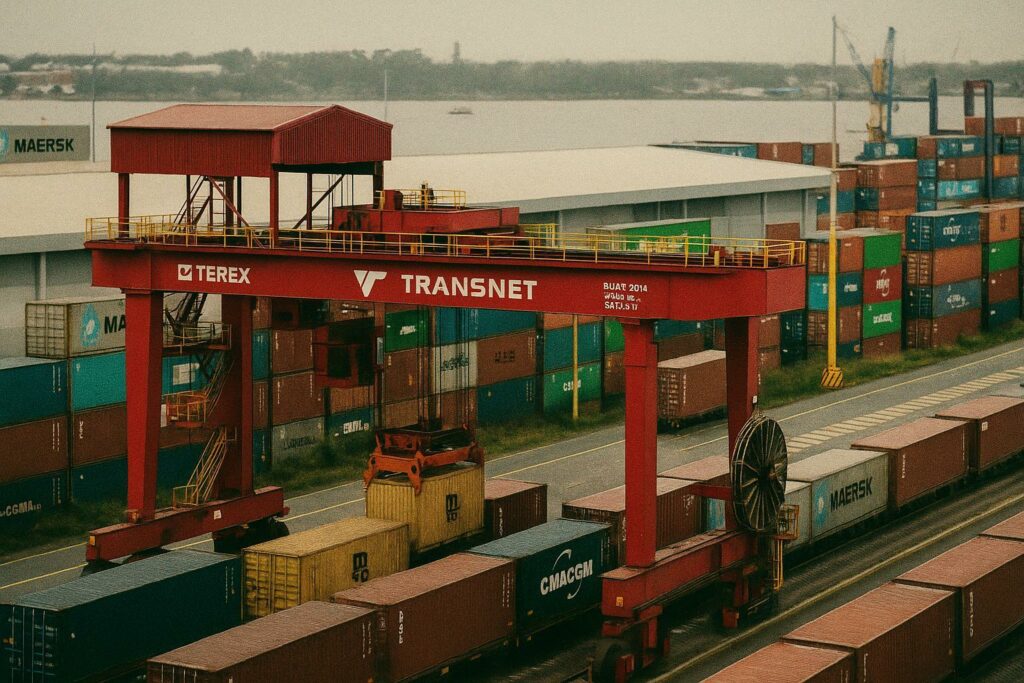World Bank Steps in to Boost South Africa’s Faltering Economy
On June 23, South Africa announced securing a substantial $1.5 billion loan from the World Bank, with the target of rejuvenating its deteriorating transportation and energy sectors. This ambitious financial intervention by the global financial institution marks a critical attempt to reinvigorate an economy that was once considered the continent’s powerhouse. For over a decade, South Africa’s economic engine has been struggling, characterized by stagnant growth and chronic infrastructure challenges. Now, with an ambitious plan in hand, the nation appears poised to tackle its infrastructural inadequacies, which have broadly handicapped its industrial sectors.
Struggles of an Industrial Giant: A Deep Dive into Economic Paralysis
The South African economy, famed for being the most developed on the African continent, has witnessed recurring power blackouts that have crippled productivity across key industries. Eskom and Transnet, state-owned enterprises operating in the energy and transportation sectors respectively, have been mired in operational and financial crises for years. Their tribulations stem from obsolete and overburdened railway networks alongside over-congested ports, which have heavily impacted the mining and automobile sectors—linchpins of South Africa’s economic framework.
Expectations from the $1.5 Billion Facelift
The South African government hopes this infusion of capital will target existing bottlenecks in transportation and bolster the country’s energy security. While specific projects for the allocation of these funds remain undisclosed, the trajectory is clear; relieving the intense pressures on the infrastructure could potentially foster an economic revival. Compounding this development is a separate tranche of $500 million from the World Bank set to aid the extension of the electrical grid, crucial for linking renewable energy projects with the national grid—an initiative touted as pivotal for economic rebalancing.
A Strategic Debt Maneuver in a Global Economy
Amidst arduous economic constraints, this loan arrangement is poised to lessen the fiscal burden on South African coffers. Notably, the terms granted are significantly more favorable compared to conventional commercial borrowing. With a three-year grace period, the South African government stands to navigate its economic conundrums with reduced immediate financial strain. Financial analysts argue this could ameliorate the country’s debt trajectory amidst precarious global economic conditions, though the long-term outlook remains a subject of careful scrutiny.
Charting the Future of South African Infrastructure Investments
In a comprehensive proposal delineated by Finance Minister Enoch Godongwana last month, over 1,000 billion rands (approximately $55.5 billion) are earmarked for investments spanning transportation, energy, water, and sanitation. This aggressive fiscal strategy outlines a roadmap for infrastructural enhancement, underscoring an immediate priority to eradicate existing inefficiencies. Nonetheless, the effectiveness of these initiatives in catalyzing sustainable growth and development remains a question of rigorous evaluation and foresight.

